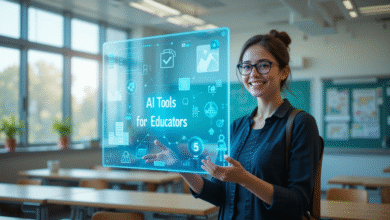Google Gemini vs ChatGPT: The Definitive 2025 Showdown
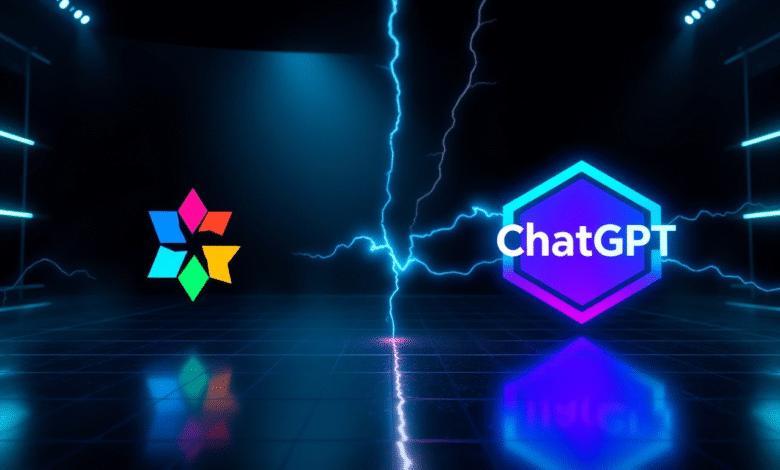
In the rapidly evolving world of artificial intelligence, two names stand at the forefront of the conversation: Google Gemini and OpenAI’s ChatGPT. These powerhouse large language models (LLMs) have revolutionized how we interact with technology, but for the average user, the choice can be confusing. Which one is smarter? Which is better for creative tasks? And most importantly, which one should you be using? The Google Gemini vs ChatGPT debate is one of the most significant in tech today.
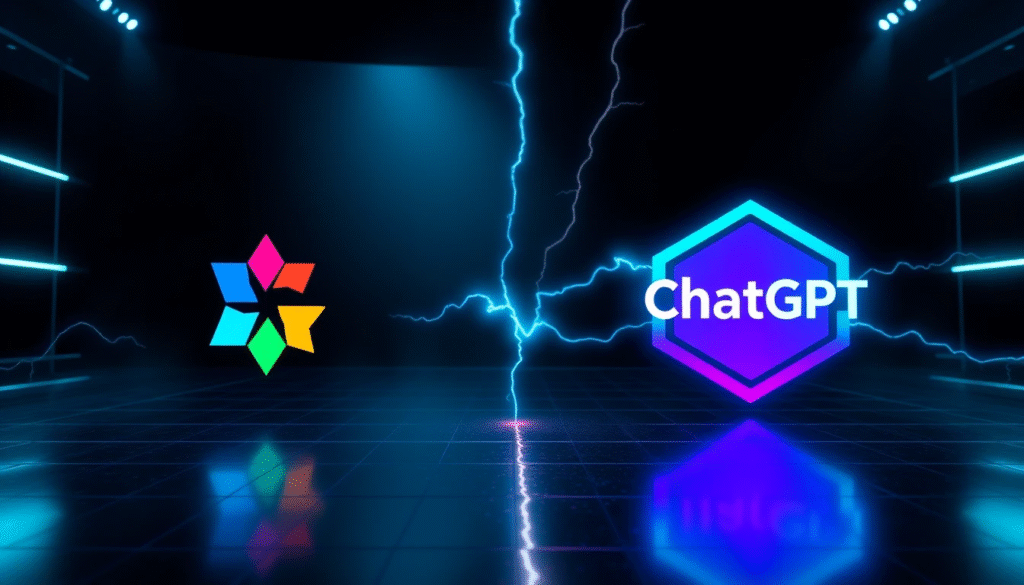
This is not just another surface-level comparison. We are going to break down the core strengths and weaknesses of each platform in a simple, easy-to-understand way. We’ll explore how they handle real-world tasks like research, writing, and coding, and we’ll look at their free and paid versions.
This definitive guide will give you the clarity you need to choose the right AI partner for your specific goals. By the end, you’ll know exactly when to turn to Gemini and when ChatGPT is the superior choice in the ongoing battle of Google Gemini vs ChatGPT.
Understanding the Contenders: A Simple Analogy
Before we dive into a technical breakdown, let’s use a simple analogy to understand the fundamental difference in their personalities.
- Think of Google Gemini as the Ultimate Research Librarian. It has a direct, live connection to the entire Google search index. It excels at fetching, summarizing, and synthesizing up-to-the-minute, factual information from across the web. Its strength is in knowing what is happening right now.
- Think of ChatGPT as the Seasoned Creative Brainstormer. It has been trained on a vast but static dataset, making it an incredible tool for reasoning, creativity, and nuanced understanding. It excels at generating ideas, writing in different styles, and breaking down complex concepts with logic. Its strength is in thinking and creating.
This core difference is key to understanding the Google Gemini vs ChatGPT rivalry. One is built for knowing, the other for creating.
The Ultimate Head-to-Head Comparison Table
For a quick, scannable overview, here is a beautiful comparison of Google Gemini vs ChatGPT across the most important features.
| Feature | Google Gemini | ChatGPT (GPT-4o) |
|---|---|---|
| Real-Time Web Access | Excellent (Built-in) | Good (Via Browse with Bing) |
| Core Strength | Factual Research & Synthesis | Creative Writing & Reasoning |
| Creative & Nuanced Writing | Good | Excellent |
| Coding & Technical Tasks | Very Good | Excellent |
| Free Version Quality | Very Good (Gemini) | Okay (GPT-3.5) |
| Integrations | Google Workspace (Docs, Gmail) | Microsoft Suite, APIs |
| User Interface | Clean & Modern | Simple & Focused |
Round 1: Research and Real-Time Information
This is where the difference between Google Gemini vs ChatGPT is most obvious.
Winner: Google Gemini
Gemini has a massive, built-in advantage: it is a Google product with direct, live access to Google Search. When you ask Gemini a question about a current event or a niche topic, it doesn’t just rely on its training data; it actively scours the web in real-time to find the most up-to-date information. It will often provide links to its sources, allowing you to verify the facts instantly.
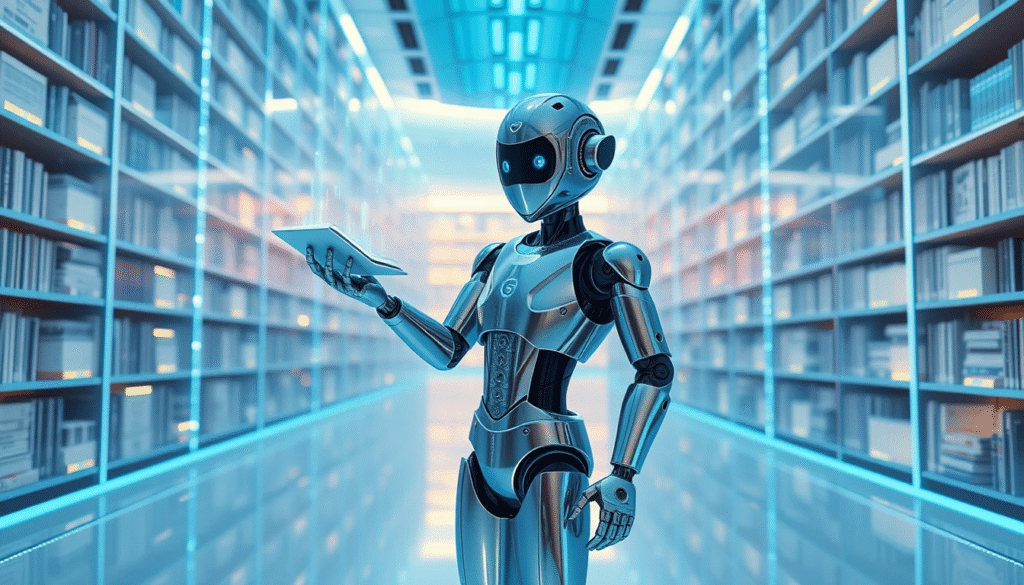
ChatGPT (even the paid version) can browse the web using Bing, but it’s a slightly slower, more deliberate process. For any task that requires the latest data—market trends, news summaries, or finding recent academic papers—Gemini is faster, more integrated, and generally more reliable.
Round 2: Creative Writing and Complex Reasoning
For tasks that require creativity, nuance, and deep logical thinking, the tables turn.
Winner: ChatGPT
This is ChatGPT’s home turf. For years, OpenAI has focused on refining its model’s ability to reason, brainstorm, and write in a remarkably human-like way. If you need to write a poem, draft a fictional story, create a marketing campaign, or break down a philosophical argument, ChatGPT’s output often feels more coherent, creative, and less robotic.
While Gemini is improving, its creative writing can sometimes feel a bit flatter or more formulaic. In the creative showdown of Google Gemini vs ChatGPT, ChatGPT consistently demonstrates a superior ability to understand tone, style, and the subtle art of crafting compelling narratives.
Round 3: Coding and Technical Tasks
For programmers and developers, this is a critical battleground. An effective AI coding assistant can save hours of work.
Winner: ChatGPT
While both models are incredibly capable at coding, the developer community has historically favored ChatGPT. Its ability to understand complex code logic, debug errors, and generate entire code snippets is exceptional. The vast number of developers using ChatGPT has also created a rich ecosystem of shared knowledge and advanced prompting techniques.
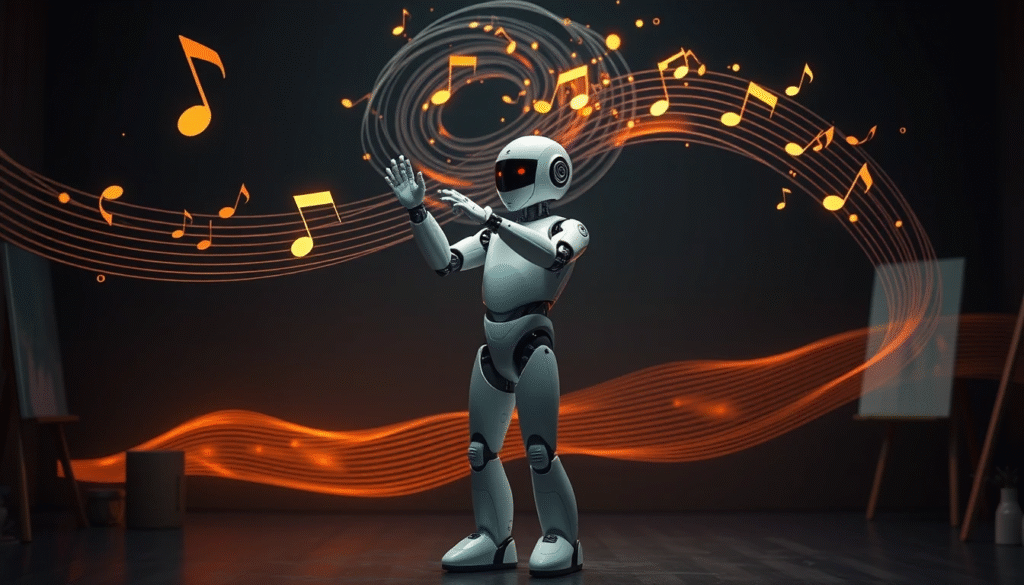
Gemini is catching up quickly and is very good for many coding tasks. However, in the direct comparison of Google Gemini vs ChatGPT for complex programming challenges, ChatGPT still holds a slight edge due to its more refined reasoning abilities when it comes to code architecture.
Round 4: User Experience and Integrations
How do the tools feel to use, and how well do they fit into your existing workflow?
Winner: It’s a Tie (Depends on Your Ecosystem)
- Google Gemini is being deeply integrated into the Google Workspace ecosystem. Imagine being able to summarize emails in Gmail, draft documents in Google Docs, or create presentations in Slides, all powered by Gemini. If you live inside Google’s world, Gemini will be the more seamless and powerful choice.
- ChatGPT has a simpler, more focused interface that many users love. It also has a powerful API that developers have used to create thousands of third-party applications. If you use Microsoft products or want maximum flexibility through integrations, ChatGPT is an excellent option.
The Verdict: Which AI Should You Use?
After breaking down the battle of Google Gemini vs ChatGPT, it’s clear there is no single “best” model. The right choice depends entirely on the task you need to accomplish.
You should use Google Gemini if:
- Your primary need is research and getting the most up-to-date, factual information.
- You are a student or professional who is deeply embedded in the Google Workspace (Docs, Sheets, Gmail).
- You want a powerful and capable free AI, as the standard version of Gemini is more advanced than the free version of ChatGPT.
You should use ChatGPT if:
- Your work involves creative writing, brainstorming, storytelling, or generating unique ideas.
- You need an AI for complex coding, debugging, and technical problem-solving.
- You value a highly refined reasoning engine that can break down complex, abstract concepts.
The smartest approach is not to choose one, but to use both. Use Gemini as your research expert and ChatGPT as your creative director. Learning the strengths of both platforms will give you an undeniable edge.
Conclusion
The Google Gemini vs ChatGPT showdown is not a battle with one clear winner. Instead, it reveals two specialized masters competing for the AI throne. Gemini, with its unparalleled access to real-time information, is your go-to expert for research and facts. ChatGPT, with its sophisticated reasoning and creative engine, is your indispensable partner for writing, brainstorming, and problem-solving. The ultimate winner is you—the user—who now has access to a powerful toolkit of AI assistants. By understanding their unique strengths, you can choose the right tool for every task and elevate the quality of your work to new heights.
Frequently Asked Questions
For simple daily questions, which is better: Gemini or ChatGPT?
For questions requiring up-to-the-minute information (like “what was the weather yesterday?”), Gemini is superior due to its live Google Search access.
Which AI is better for helping students with homework?
Use Gemini for research-heavy subjects like history or science. Use ChatGPT for subjects that require writing and brainstorming, like English or creative arts.
Is Gemini Advanced better than the free version of ChatGPT?
Yes, significantly. The paid Gemini Advanced and the standard free Gemini are both more powerful and capable than the free version of ChatGPT (which uses the older GPT-3.5 model).
In the Google Gemini vs ChatGPT debate, who is winning in terms of popularity?
ChatGPT currently has a larger user base and more brand recognition due to being on the market longer. However, Gemini is growing extremely fast due to its integration with Google products.
Can Gemini generate images like ChatGPT’s DALL-E 3?
Yes, Google Gemini has its own powerful image generation capabilities built directly into the platform, making it a strong competitor to DALL-E 3.
For a programmer, is ChatGPT Pro worth it over Gemini?
Many professional developers find ChatGPT’s advanced reasoning for complex code and debugging to be slightly superior, making the pro version a worthwhile investment.
Which AI is better for summarizing a YouTube video?
Google Gemini often has an advantage here as it can directly analyze video content from YouTube, which is also a Google product.
Will Gemini eventually replace ChatGPT?
It’s unlikely one will completely replace the other. They are developing with different core strengths, and the future will likely see them coexisting as specialized tools for different tasks.
Do I need to pay for both to get the best experience?
Not necessarily. The free version of Gemini is very powerful for research. You can start there and only consider paying for ChatGPT if you have heavy creative or coding needs.
Which model is safer and more ethical?
Both OpenAI and Google invest heavily in safety protocols. However, all AI models can sometimes produce biased or inaccurate information, so critical thinking is always required.


